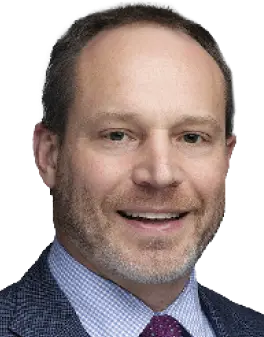- Acne
- Actinic Keratosis
- Aesthetics
- Alopecia
- Atopic Dermatitis
- Buy-and-Bill
- COVID-19
- Case-Based Roundtable
- Chronic Hand Eczema
- Chronic Spontaneous Urticaria
- Drug Watch
- Eczema
- General Dermatology
- Hidradenitis Suppurativa
- Melasma
- NP and PA
- Pediatric Dermatology
- Pigmentary Disorders
- Practice Management
- Precision Medicine and Biologics
- Prurigo Nodularis
- Psoriasis
- Psoriatic Arthritis
- Rare Disease
- Rosacea
- Skin Cancer
- Vitiligo
- Wound Care
Article
I, robot: Prototype harvests follicular units for transplant
Author(s):
Automated robotic-assisted harvesting of follicular units can significantly reduce procedure time and costs of hair transplant surgery.

Key Points
Mountain View, Calif. - According to a leading expert in hair transplant surgery, automated harvesting of follicular units, with the help of a robotic-assisted system, is set to revolutionize the increasingly popular cosmetic surgical procedure in terms of speed and efficiency, as well as gain a wider acceptance of the procedure by physician and patient alike.
The Restoration Robotics prototype system is a state-of-the-art, interactive, image-guided robotic system that is designed to conduct automated harvesting of follicular units in hair transplant surgery.
One of the major advantages of this robot-assisted harvesting technique is that it may be a less invasive procedure than the strip harvest technique that is currently being used and still widely considered the gold standard approach, says Miguel Canales, M.D., medical director, Restoration Robotics, Mountain View, Calif.
After comfortably positioning the patient, the hair at the donor area is cut short - approximately 1 mm in length - and the robotic arm of the device is placed over the target area of the patient's scalp.
Process
The robotic arm is equipped with two cameras that serve as a stereo-vision sensor that can identify and detect follicular units on the patient's scalp.
The physician precisely chooses which follicular units are to be harvested and then inputs this information into the system menu.
The number and type of follicular units - single or multiple hair follicular units - can be specifically chosen, as well as the precise pattern of harvesting, calculating the angle, orientation and location of each follicular unit on the scalp surface.
This allows for an automated and customized follicular unit harvesting for each individual patient "as the patient moves and the robot moves, allowing the system to keep track of each follicular unit from each frame of the video stream from the cameras.
"This ability of analyzing the video streams, combined with agile robotics, can compensate for patient movement to achieve required accuracy for the hair transplantation," Dr. Canales says.
The robotic arm is used to accurately position and carry out dermal punches for harvesting follicular units.
Each follicular extraction involves a 1 mm incision, which does not require the sutures or bandages that are needed following the standard strip harvest technique.
"As the technology is further optimized, approximate harvest speeds of 750 to 1,000 follicular units per hour may be achieved," Dr. Canales says.
According to Dr. Canales, a team of four to eight technicians is currently required to conduct the strip harvesting technique. However, using the robotic arm, only two people would be needed.
The current strip harvest technique can take up to eight to 10 hours to perform from harvest to implantation for a typical 1,500 to 2,200 follicular units. The robotic-assisted procedure can potentially reduce the procedure time to only four to five hours.
Investigational device
The unique technology is still an investigational device, and Food and Drug Administration clinical trials will soon be under way, but the technology should be available as early as 2012.
"The hope is that the technology will expand the base of patients who would seek hair transplantation and make it easier for dermatologists to perform these hair transplantations," Dr. Canales says.
Disclosures: Dr. Canales is the medical director of Restoration Robotics.
Newsletter
Like what you’re reading? Subscribe to Dermatology Times for weekly updates on therapies, innovations, and real-world practice tips.











